Planter drainage question
alan haigh
11 years ago
Featured Answer
Comments (12)
emgardener
11 years agotapla (mid-Michigan, USDA z5b-6a)
11 years agoRelated Professionals
Lemont Landscape Contractors · Northport Landscape Contractors · Plainview Landscape Contractors · Point Pleasant Landscape Contractors · Hawaiian Gardens Landscape Contractors · East Lake Solar Energy Systems · Eastvale Solar Energy Systems · Norton Solar Energy Systems · Yucca Valley Solar Energy Systems · Coconut Grove Window Contractors · Lake Arrowhead Window Contractors · Missoula Window Contractors · Alexandria Fence Contractors · Citrus Heights Fence Contractors · Olean Fence Contractorsalan haigh
11 years agotapla (mid-Michigan, USDA z5b-6a)
11 years agoalan haigh
11 years agodeviant-deziner
11 years agojodik_gw
11 years agojodik_gw
11 years agoalan haigh
11 years agodeviant-deziner
11 years agoalan haigh
11 years ago
Related Stories

BATHROOM DESIGNConvert Your Tub Space Into a Shower — Waterproofing and Drainage
Step 4 in swapping your tub for a sleek new shower: Pick your waterproofing materials and drain, and don't forget to test
Full Story
EXTERIORSCurb Appeal Feeling a Little Off? Some Questions to Consider
Color, scale, proportion, trim ... 14 things to think about if your exterior is bugging you
Full Story
KITCHEN DESIGN9 Questions to Ask When Planning a Kitchen Pantry
Avoid blunders and get the storage space and layout you need by asking these questions before you begin
Full Story
MOVINGHiring a Home Inspector? Ask These 10 Questions
How to make sure the pro who performs your home inspection is properly qualified and insured, so you can protect your big investment
Full Story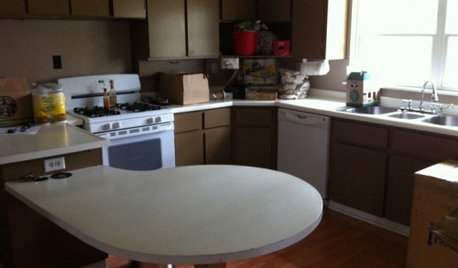
Design Dilemmas: 5 Questions for Houzzers!
Post Ideas for Landscaping for a Modern Home, Updating a Rental and More
Full Story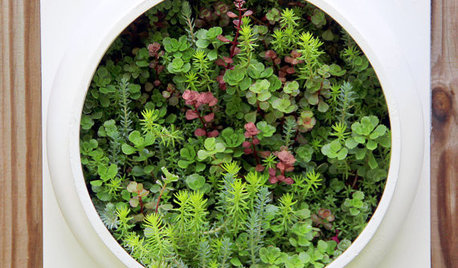
URBAN GARDENSGuest Picks: Modern Indoor Planters
These stylish vessels let you showcase the beauty of plants in all shapes and sizes
Full Story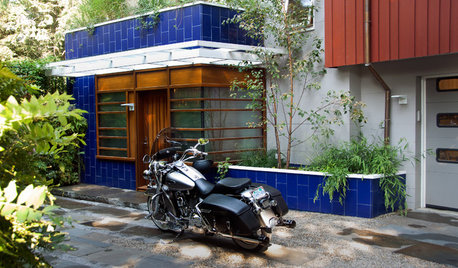
SAVING WATERStormwater Planters Manage Runoff in Small Gardens
Think of stormwater planters as container rain gardens
Full Story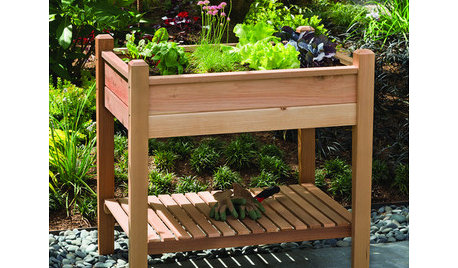
PRODUCT PICKSGuest Picks: 20 Outdoor Planters to Green Up Your Patio
Bring the garden to you with stylish pots, urns and other planters of all shapes and sizes
Full Story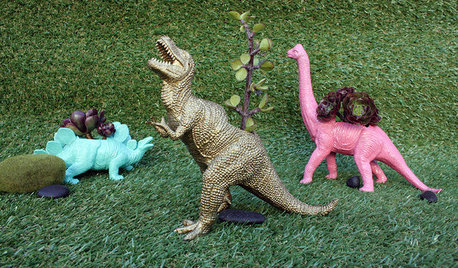
CONTAINER GARDENSDIY Project: Prehistoric Planters That Bring Dinosaurs Back
Create these easy and fun planters for your home or to give as gifts
Full Story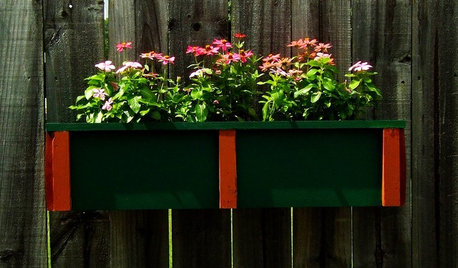
DIY PROJECTSNeat Little Project: A Wooden Planter to Hang Anywhere
Dress up a drab wall or window with this planter box you make yourself. Or just set it on a patio for the easiest 'installation' of all
Full StoryMore Discussions






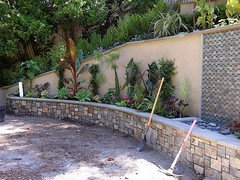



deviant-deziner